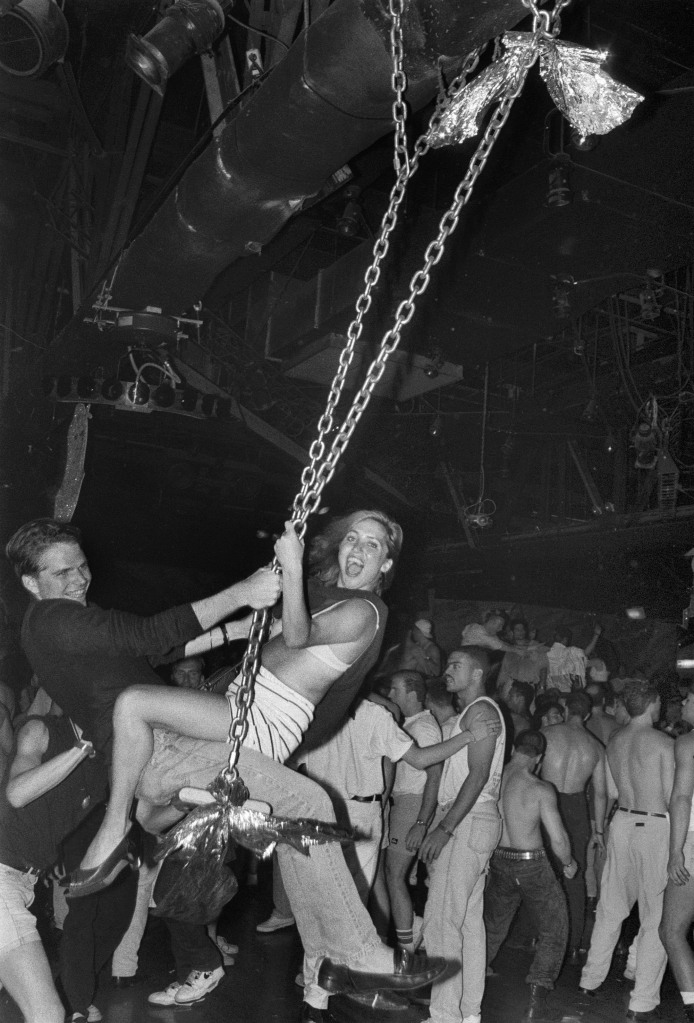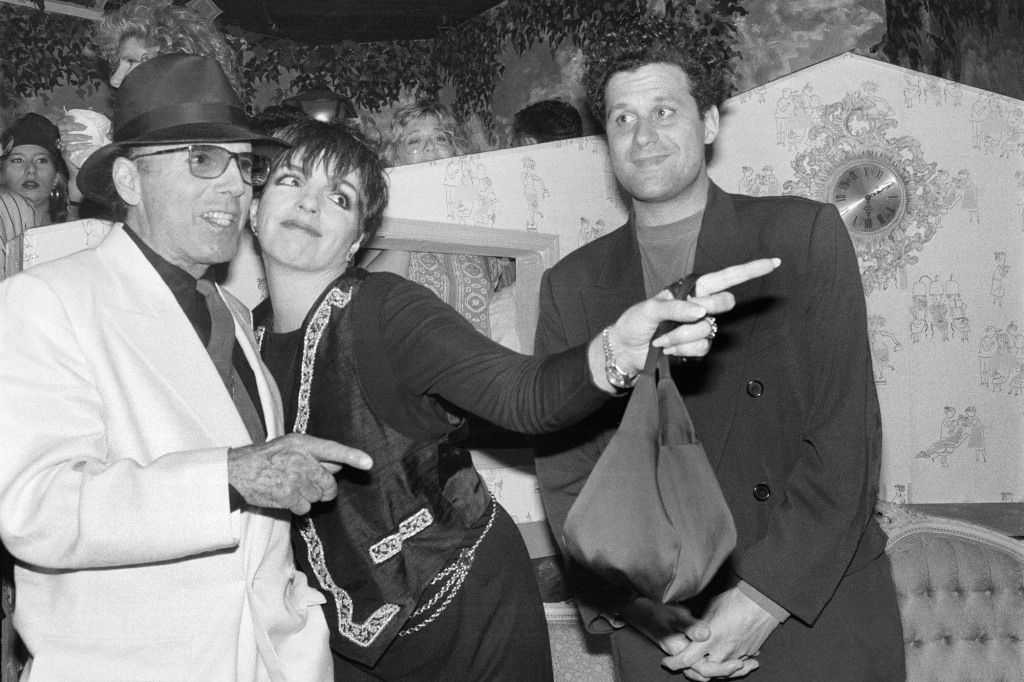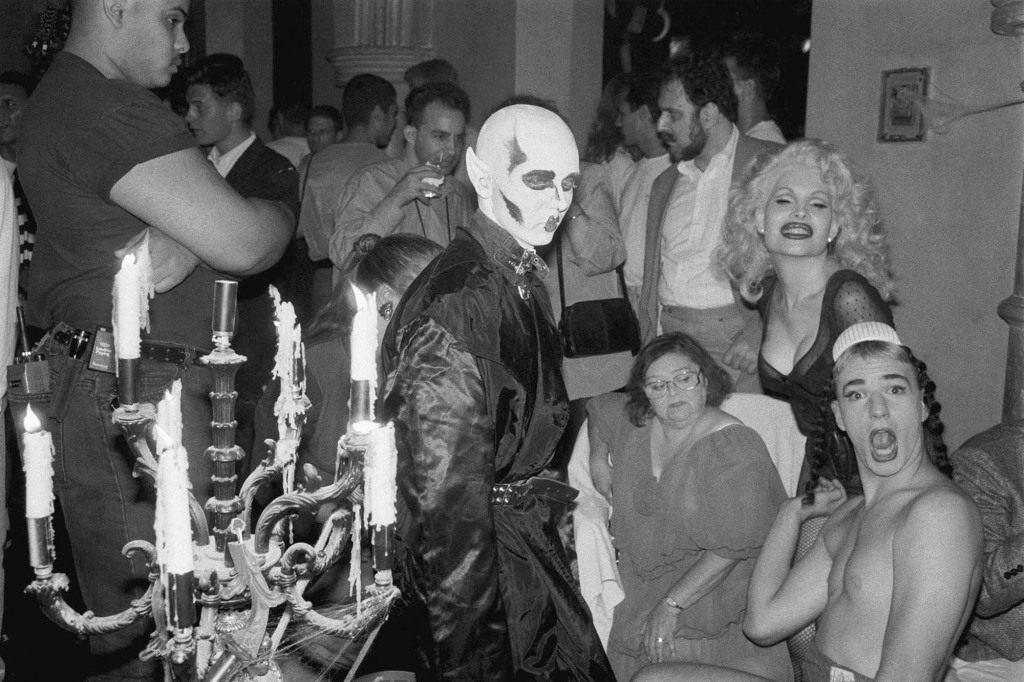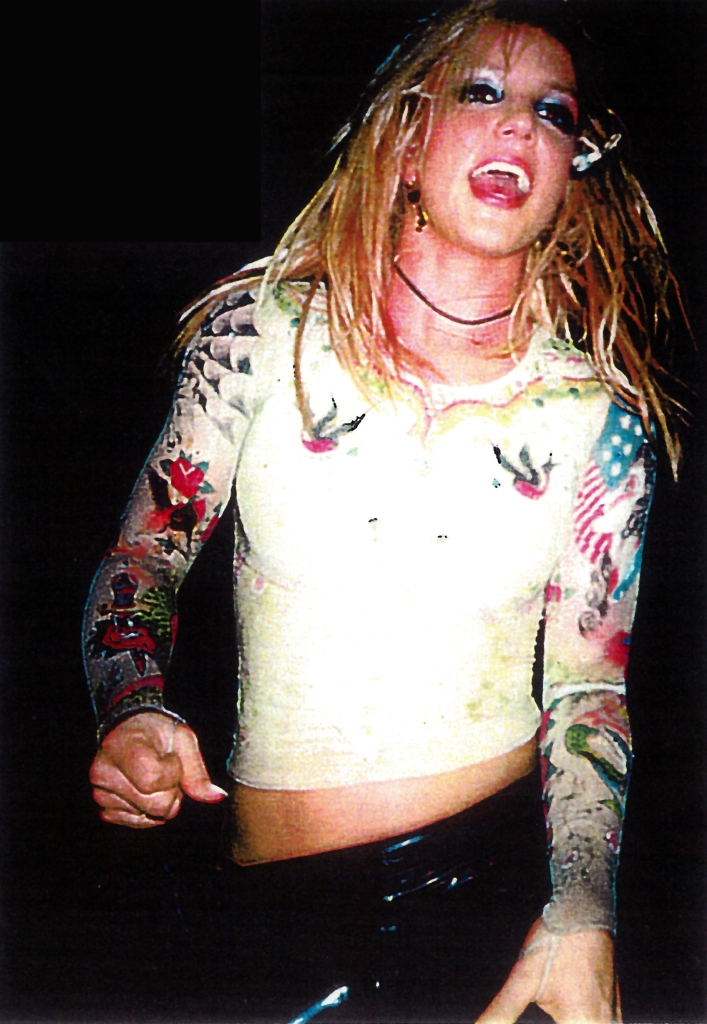Long before RuPaul had them lip-syncing for their lives on “RuPaul’s Drag Race,” she changed the life of legendary New York club director Steve Adelman.
Adelman had booked RuPaul to perform at a club in Boston and she had such a good time that she went back to NYC and recommended him to the assistant of the owner of the Roxy, just as the West 18th Street club was opening up.
“But I think she highly over-exaggerated my credentials,” said Adelman, whose new memoir “Nocturnal Admissions: Behind the Scenes at Tunnel, Limelight, Avalon, and Other Legendary Nightclubs,” was released this week. “So I appear at the Roxy with a hockey duffel bag, and I’m anointed director.”
That twist — or, make that twirl — of fate in 1989 led to Adelman suddenly being a professional partymeister overseeing the dance-floor revelry and debauchery of New York nightlife’s glory days in the ’90s. After his nights and, no doubt, early mornings bumping shoulders with celebs such as Madonna, Liza Minnelli and “the Three Amigos” — that’s supermodels Naomi Campbell, Linda Evangelista and Kate Moss — he went on to serve as director for the Limelight, Tunnel, Palladium and Club USA. In fact, during his club-hopping heyday, he was director for all four of the iconic NYC nightlife institutions at once.
“I had to sort of learn on the fly because I really didn’t know that much,” said Adelman.
One promoter he learned from was Susanne Bartsch, the nightlife impresario who helped to get the Roxy rocking in its early days and became a fabulous fixture of the ’90s club scene — which she says provided a euphoric escape after the worst of the AIDS epidemic.
“It was time to go celebrate because we are alive and we are living life,” said Bartsch, who still has her On Top! party at Le Bain on Tuesday nights this summer. “In a way, it was almost like an art gallery, so people would go and show off their looks. And it became a place to be discovered really.”

One of those nightlife stars, notorious Club Kids leader Michael Alig, brought Adelman over from the Roxy to meet mega-club owner Peter Gatien, who hired him to start working at the Limelight.
Adelman says that even his grandmother got caught up with Alig and the Club Kids phenomenon.
“My grandma came to visit me when I was there in, like, the first month,” he said. “And so all the kids pull her out on the dance floor, and she’s dancing around. And Michael Alig was trying to hire her to come back and book her as ‘Disco Grandma.’ And I’m like, ‘No, no, no, no. It’s not gonna happen.’ ”

The over-the-top decadence didn’t last as former Mayor Rudy Giuliani sought to bring down the raging club scene following his election in 1994.
“Before Giuliani started interfering with us, it was spontaneous,” said nightlife veteran Gregory Homs, who served as the creative director for flyers, posters, advertising and other communications for various clubs. “It was like jazz in the sense that someone would come up with an idea for a party and then it would happen in three days.”
Homs recalled one particular experience that signaled the end of an era was coming. “I had a couple of FBI guys show up at my office, and they confiscated a lot of my invitation samples because they were looking for secret messages … that were trying to secretly communicate that drugs were available. And so they sat there for hours going through invitations.”

Soon everything came crashing down. Alig would serve time for killing fellow Club Kid Angel Melendez over a fight about drugs, dismembering his body and tossing it in the Hudson River in 1996. In 1999, Gatien was imprisoned on a tax-evasion rap.

Still, Adelman would have his own New York club revival when he bought Avalon, at the site of the old Limelight, which was open from 2002 to 2008. He had a very special guest performer one night in Britney Spears.
“She was going around different clubs and promoting an album,” he said. “She did this very bizarre, half-thought-out striptease, an impromptu kind of thing. It was very odd. They [the audience] didn’t believe it was the real Britney Spears.”

